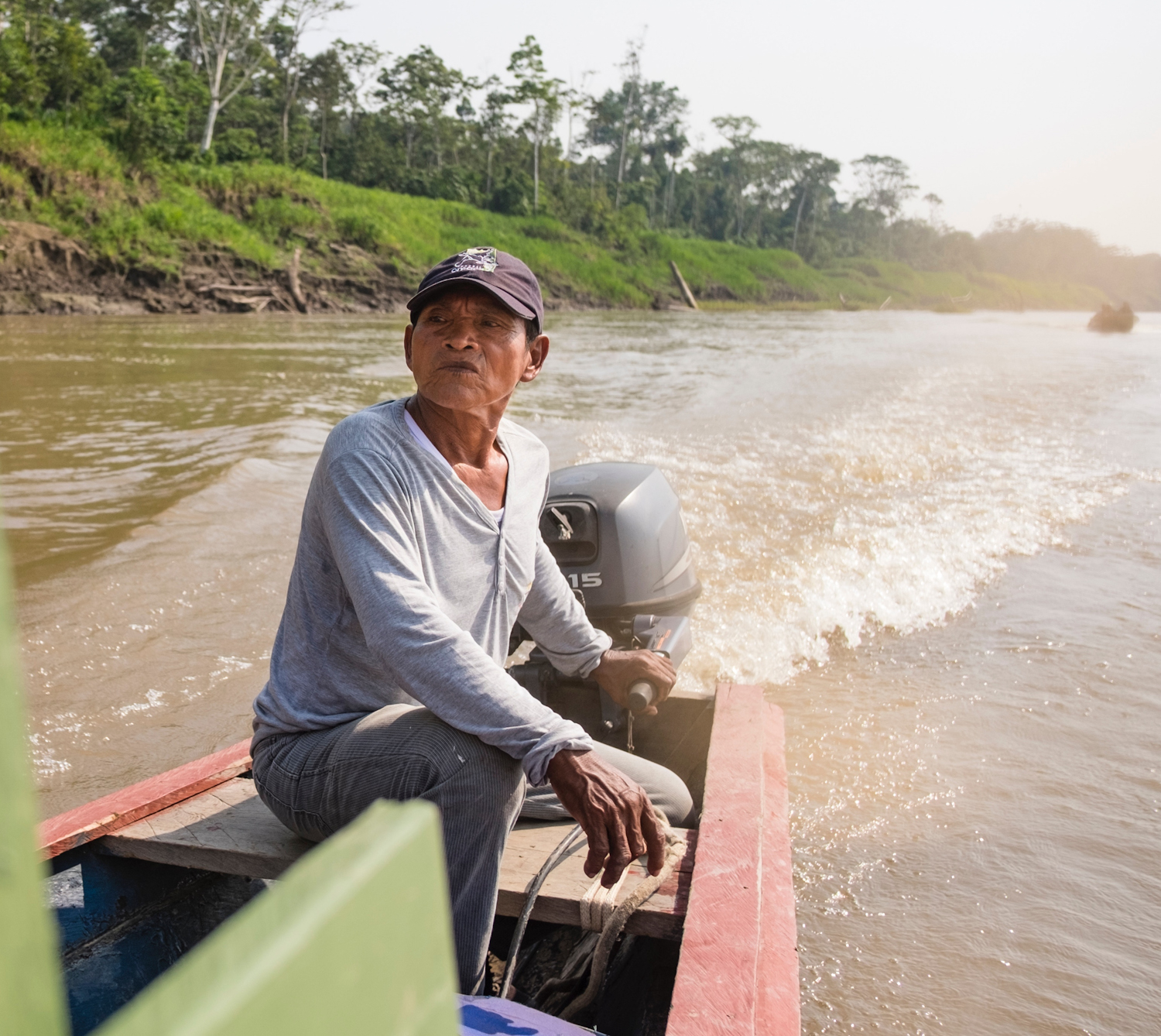Unsplash: Alev Takil
As climate disasters grow, early warning systems become essential
The Adaptation Fund is supporting the UN goal to have early warning systems for everyone on the planet by 2027, which will save lives
The more the world waits to cut carbon emissions, the greater the price on people and planet. This simple fact is borne out by the huge increase in the number of climate-related disasters over the past two decades.
Research from the UN Office for Disaster Risk Reduction (UNDRR) found that between 2000 and 2019, there were almost twice as many climate-related disasters as during the previous 20 years. The number of major floods, for example, doubled from 1,389 to 3,254. These disasters are being fuelled by the world’s toxic love affair with carbon.
There was a time in which people discussed what the impacts of climate change might be on our children or grandchildren. It is clear that the pace of change is happening right here and now. As the planet continues to warm we have to accept that an increased number of climate-related disasters is inevitable, despite what progress is made between now and 2050.
Tried and tested
But accepting their occurrence doesn’t mean we can’t do anything about it. There exists a tried and tested approach to tackling the growth in climate disasters. One of the main solutions is to set up an effective early warning system (EWS). This simple concept has proven so popular that the UN has set a target for every person on the planet to be covered by an EWS by 2027. “The evidence is clear: early warning systems are one of the most effective risk reduction and climate adaptation measures to reduce disaster mortality and economic losses,” the UN Secretary-General, António Guterres, recently commented.
The Adaptation Fund was created to support communities against the impacts of climate change. Disaster risk reduction coupled with early warning systems now account for around 18% of all the projects it funds. To date it has helped install 526 early warning systems across all continents, at the local, national and regional levels.
Mikko Ollikainen, who heads up the fund, recently commented that “many of our projects are helping to reduce and avert further loss and damage,” adding that “the fund is committed to supporting developing countries to build resilience to climate disasters. With the global urgency for adaptation expressed in recent international reports, such as the UNEP Adaptation Gap Report, we must accelerate and scale up our collective adaptation activities, including DRR/EWS. We have seen several instances where Adaptation Fund projects were successfully scaled up to create transformational DRR/EWS systems in countries.”
Read full story from Climate Home News here.



